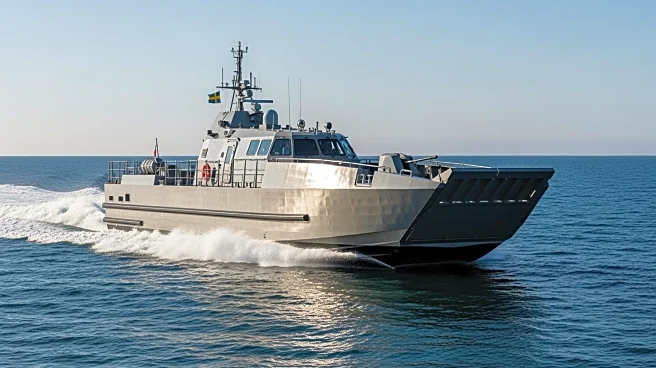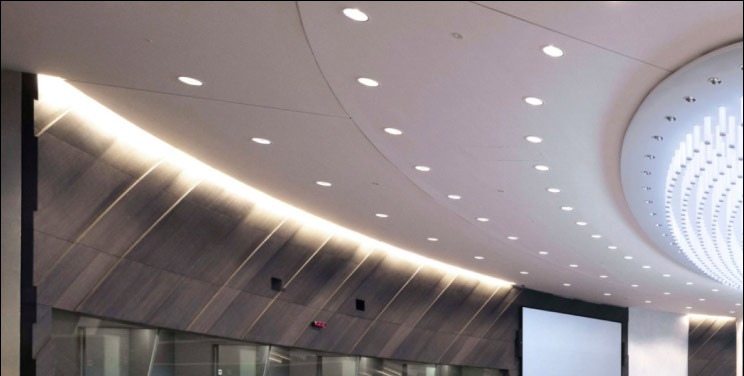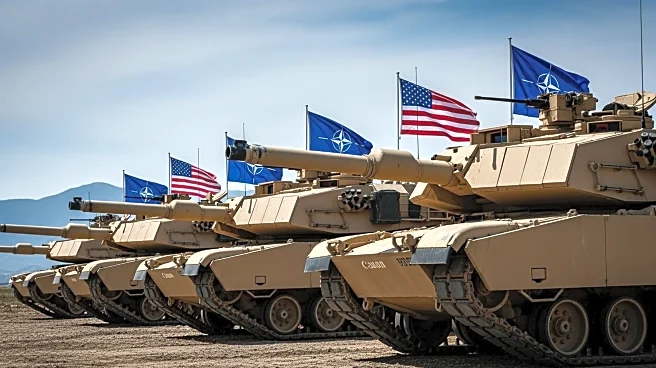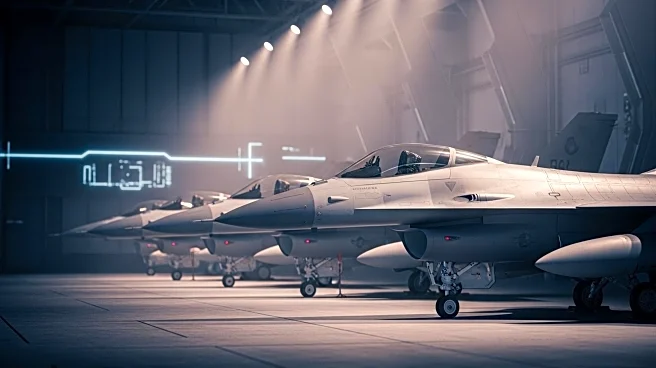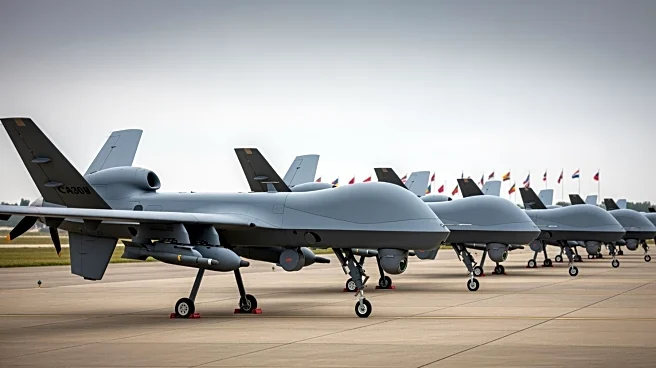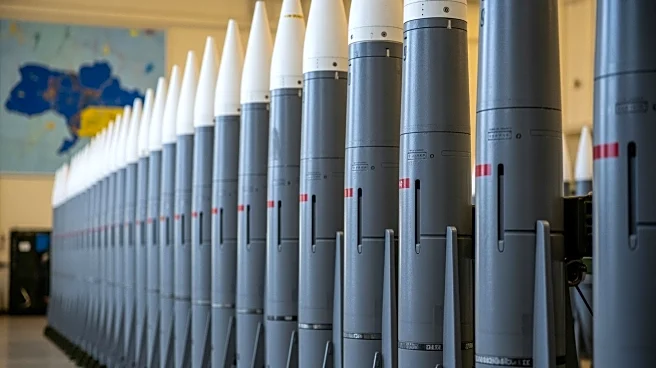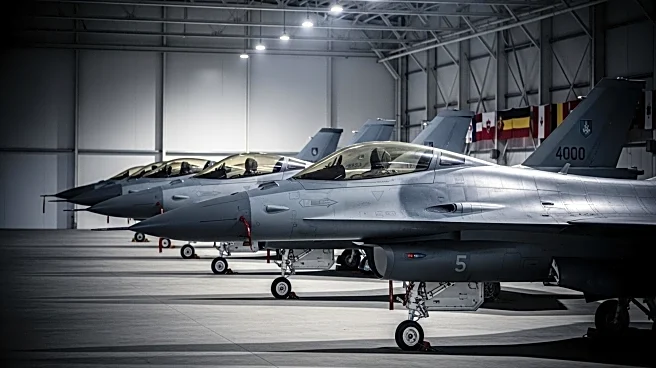What's Happening?
Sweden's Defence Materiel Administration has announced a contract with Finnish shipyard Marine Alutech Oy Ab to build 20 new Watercat M9 fast landing craft for the Swedish Amphibious Battalion. This SEK130 million order is intended to replace the Watercat M8
craft previously gifted to Ukraine. The Watercat M9, an evolution of the M8 design, is capable of speeds exceeding 30 knots and can transport personnel and equipment between bases and operational areas. The first pre-series boat will be delivered for testing and evaluation, followed by 19 series production craft, with all deliveries expected to be completed by 2028.
Why It's Important?
The acquisition of new Watercat M9 landing craft is significant for Sweden's defense capabilities, particularly for its amphibious operations. By replacing the units gifted to Ukraine, Sweden ensures its Amphibious Battalion remains equipped with modern and efficient transport vessels. This move reflects Sweden's commitment to maintaining robust defense infrastructure and adapting to evolving military needs. The contract also highlights the ongoing collaboration between Sweden and Finland in defense manufacturing, potentially strengthening regional security and defense ties.
What's Next?
Marine Alutech will deliver the first pre-series Watercat M9 for testing and evaluation, which will determine its suitability for the Swedish Amphibious Battalion's operational needs. Following successful evaluation, the remaining 19 craft will be produced and delivered by 2028. This timeline suggests a gradual enhancement of Sweden's amphibious transport capabilities over the next few years, potentially influencing strategic military planning and operations.
Beyond the Headlines
The decision to replace the Watercat M8 craft gifted to Ukraine underscores Sweden's support for Ukraine amidst ongoing geopolitical tensions. It also reflects Sweden's strategic approach to balancing international aid with domestic defense needs. The development and deployment of the Watercat M9 may also set a precedent for future military collaborations and technological advancements in amphibious transport solutions.
